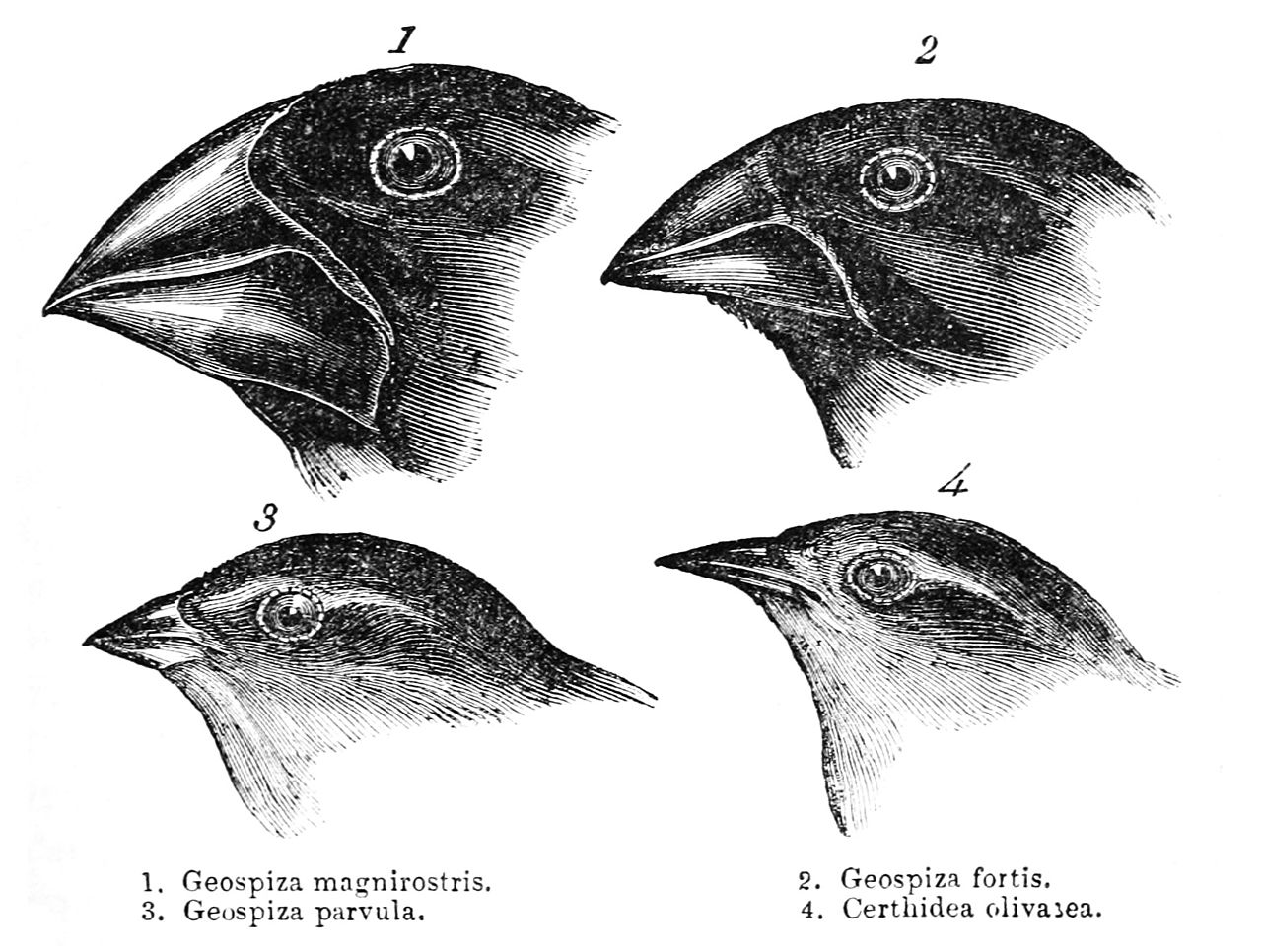Fun facts about extinction are here. Species emerge through the process of speciation, in which new types of organisms emerge and prosper when they are able to identify and exploit an ecological niche, and species die extinct when they are no longer able to survive in changing conditions or in the face of greater competition. We will share more interesting fun facts about extinction here.
The connection between animals and their ecological niches has been known for a long time. An average species becomes extinct after 10 million years of its first appearance, however, certain species, known as living fossils, can live for hundreds of millions of years with little to no morphological change.
A precise characterization of a species is required to pinpoint its extinction (or pseudoextinction). The species in issue must be distinctively identifiable from any ancestor or daughter species, as well as any other closely related species, in order to be declared extinct. Extinction of a species (or replacement by a daughter species) is a major component of Stephen Jay Gould and Niles Eldredge’s punctuated equilibrium hypothesis.
Extinction can occur when species that have adapted to specific ecologies[39] are subjected to genetic pollution, such as uncontrolled hybridization, introgression, and genetic swamping, which results in homogeneity or out-competition by introduced (or hybrid) species.
When new populations are imported or selectively bred by humans, or when habitat change brings previously isolated species into contact, endemic populations might suffer extinction.
Fun facts about extinction
Here we go for 15 useful fun facts about extinction
1. In the 1980s, a group of scientists looked for a perfectly frozen extinct Wooly Mammoth with viable frozen sperm. Despite their failure, it sparked a movement dubbed the “Mammoth Creation Project” with the goal of resurrecting the Wooly Mammoth.
2. People thought the Okapi was extinct for decades until they were rediscovered.
3. India is home to half of the Asian elephant’s surviving population.
4. The African elephant is presently on the endangered species list.
5. A gigantic dragonfly with a wingspan of 25.6 inches flourished 359-299 million years ago, making it the world’s biggest flying insect species.
6. Most living creatures were still restricted to water almost 450 million years ago. A major extinction occurred at this period, irreversibly altering the makeup and lifestyle of animal and plant life.
7. Extinction happens at a rate of 1-5 species every year in the natural world. Human impact, on the other hand, has sped up this process 1,000-10,000 times.
8. In 1965, a woman who managed a children’s equestrian facility found a 3-4 foot pony prancing near the Caspian Sea’s beach. It turned revealed to be the long-thought-to-be-extinct Caspian Horse, the world’s oldest living domestic horse breed.
9. Until the early 1700s, when the American mastodon was discovered, the notion of extinction was not even imagined. Before this period, the great majority of Western philosophers and scientists, most of whom followed Aristotle, held the belief that animal species could not or would not become extinct. Extinction was once seen as tragic and dismal, despite the fact that it is now a natural part of our scientific understanding.
10. Tanks upon tanks of endangered frogs are housed in a conservation center in Panama. Each frog must be baptized in bleach in order to obtain access to the sterilized building.
11. Many creatures are thought to have gone extinct as a result of the spread of rabies, according to scientists.
12. Extinction occurs at a pace of 1-5 species every year on average.
13. Only five rounds of global extinction have occurred in the last half-billion years. Many experts believe we are currently in the sixth, with dozens of species vanishing every day.
14. The bones of the diprotodon, a gigantic sloth, were initially mistaken for elephant remains due to their huge size. (R Richardson / Sloth Sanctuary) Salvador, a life-size copy of the ancient giant sloth, sits at the entrance to the Costa Rican “Sloth Sanctuary.” This sloth was around the size of a rhinoceros.
15. Over 800 species have perished as a result of human activities in the last 500 years.

More Interesting Articles
- Pygmy Slow Loris Facts | Baby | Venom | Habitat
- Slow Loris Facts, Information, and Conservation Status
- Bengal Slow Loris Facts and Information
- Madame Berthe’s Mouse Lemur Facts
- Northern Sportive Lemur Description and Traits
- Interesting Monkey Facts Revealed
- This is why the Gorilla Diet for Human is Healthy
- How Fast Can Gorilla Run (and Can We Outrun It?)
- Shabani Gorilla Facts, Care and Life Story
- Fat-tailed Dwarf Lemur– Profile, Traits, Facts
- Pygmy Mouse Lemur Facts | Habitat | Diet
- Snowflake – the Albino Gorilla Facts and Lifespan
- Cross River Gorilla – Fact | Habitat | Lifespan | Food
- Monkey Interesting Facts based on Research
- Silverback Gorilla Strength that Turns them Furious
- Barbary Macaque is the Beauty of African Sahara
- Albino Gorilla Baby – Infant Snowflake Facts
- What do Mountain Gorillas Eat?
- How many Mountain Gorillas are Left?
- Interesting Facts about Monkeys to Surprise You
